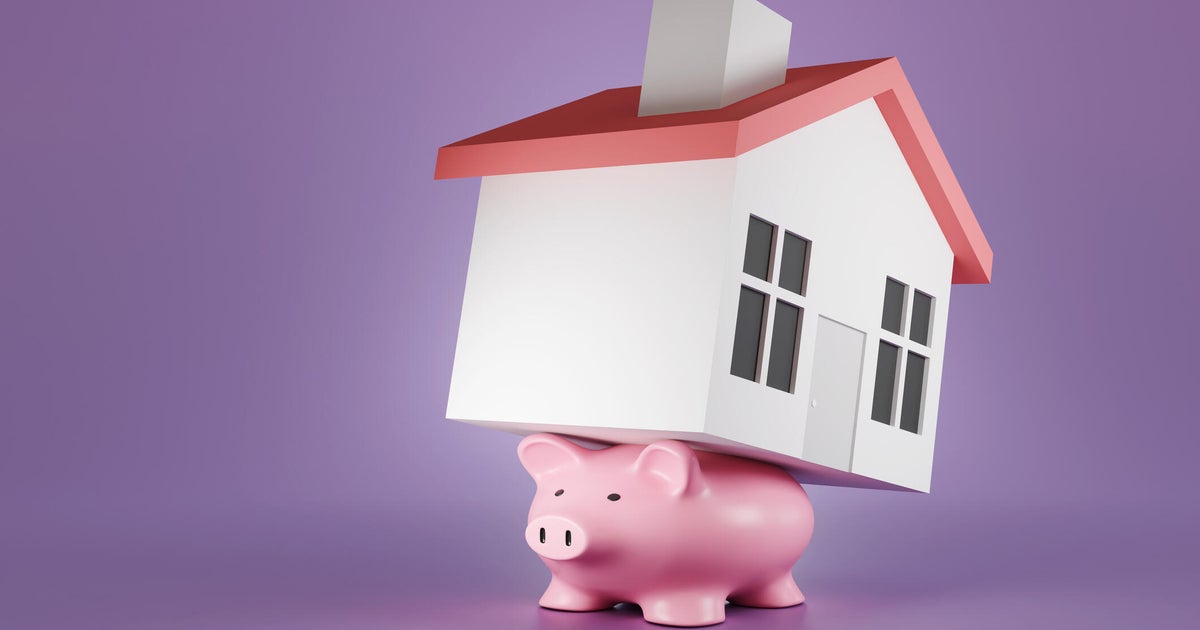What is an adjustable-rate mortgage (ARM)?
If you're on the hunt for a new home, today's high mortgage rates may be a cause for concern. After all, the higher your mortgage rate is, the higher your monthly payments will be. And, even a small difference in your rate could make a significant difference in the total amount of money you pay for your home in the long run.
The good news is that you may not have to deal with a high interest rate for the life of your mortgage. An adjustable-rate mortgage (ARM) could allow you to purchase your home at a lower rate now and let you take advantage of potential interest rate reductions in the future.
Find out your mortgage loan options online now.
What is an ARM loan?
An ARM loan differs from a fixed-rate mortgage loan in terms of the interest rate. A fixed-rate mortgage has an interest rate that stays the same over the life of the loan while an adjustable-rate mortgage has a variable interest rate that can change over time.
What's unique about ARM loans is that they start with a period of fixed interest. That is followed by an adjustable-rate term in which the rate can change at certain times. Depending on the ARM loan you choose, the fixed-rate period will generally last from a year or two to 10 years. During that time, you'll pay the fixed interest rate you agreed to when you purchased your home.
Once the fixed-rate period ends, the ARM loan enters an adjustable-rate phase, which lasts for the remainder of the loan. During the adjustable period of the loan, the lender can adjust your mortgage rate based on the wider rate environment. While it depends on the loan, the rate can typically be adjusted every six to 12 months on average.
For example, a 5/6 adjustable-rate mortgage is one with a five-year fixed-rate period followed by an adjustable rate that can change every six months. Or, a 7/1 ARM would have a fixed rate for seven years followed by an adjustable rate phase in which the rate can change once per year.
Compare your mortgage options today.
What is an ARM rate cap?
ARM loans typically also have rate caps tied to the adjustable-rate phase of the loan. These caps limit the increase or decrease that can be made to your rate.
For example, a 5/6 ARM loan with 2/2/5 caps:
- Has a five-year fixed period and the adjustment period allows for rate changes every six months
- Can be adjusted by a maximum of 2% for the first adjustment
- Can be adjusted by a maximum of 2% for the second adjustment
- Can be adjusted by 5% maximum in total over the life of the loan
For example, let's say you borrow money with a 5/1 (2/2/5) ARM loan at a 6.5% fixed initial rate. In this case, your rate would stay at 6.5% for the first five years.
When the fixed period ends in year six, your interest rate could adjust in either direction by a maximum of two percentage points, increasing to a maximum of 8.5% or dropping to a maximum of 4.5% depending on market conditions. The following year, a similar rate change with a two percentage point maximum could occur.
But while the rate can adjust each year, the adjustment can never be more than 5% above or below the rate the mortgage started with. In this case, the 5% cap would mean the mortgage rate could range from 1.5% to 11.5% at any point during the adjustment period.
Benefits of choosing ARM loan over a fixed-rate mortgage
"In this economic climate, it's important for buyers to explore all their mortgage options," says Bill Banfield, EVP of capital markets for Rocket Mortgage. "There are a few reasons buyers are considering adjustable-rate mortgages (ARMs)."
These include:
- Lower initial fixed rates: "Typically, ARMs offer lower interest rates during a fixed period at the beginning of the loan term, say the first seven years, then the rate adjusts each year for the rest of the term," says Banfield. So, you could start saving money immediately upon closing with an ARM.
- Variable rates: ARMs "can also be a good option if the buyer is confident mortgage rates will fall in the future," Banfield says. And, an adjustable-rate loan may benefit you now because experts expect rates to fall soon.
- Lower initial monthly payments: Your ARM will likely come with a lower initial rate than a fixed-rate mortgage, so you'll also likely have lower initial monthly payments than you would with a fixed-rate option.
- Loan qualifications: It may be easier to qualify for an ARM than it is to qualify for a fixed-rate mortgage in certain cases.
Explore your options and learn whether an adjustable-rate mortgage loan is right for you.
The bottom line
If you're concerned about today's interest rates impacting your ability to buy a home, an ARM loan may be a compelling option to consider. And, experts expect that rates could decline in the future, so an ARM could allow you to take advantage of potential rate declines when they happen.






